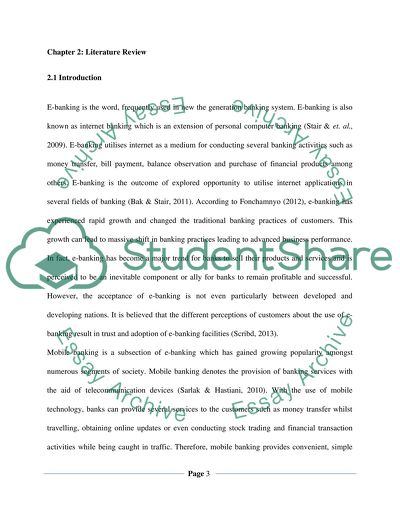Cite this document
(“An investigation on consumer perception and trust in e-banking Literature review”, n.d.)
Retrieved from https://studentshare.org/e-commerce/1404260-an-investigation-on-consumer-perception-and-trust
Retrieved from https://studentshare.org/e-commerce/1404260-an-investigation-on-consumer-perception-and-trust
(An Investigation on Consumer Perception and Trust in E-Banking Literature Review)
https://studentshare.org/e-commerce/1404260-an-investigation-on-consumer-perception-and-trust.
https://studentshare.org/e-commerce/1404260-an-investigation-on-consumer-perception-and-trust.
“An Investigation on Consumer Perception and Trust in E-Banking Literature Review”, n.d. https://studentshare.org/e-commerce/1404260-an-investigation-on-consumer-perception-and-trust.


